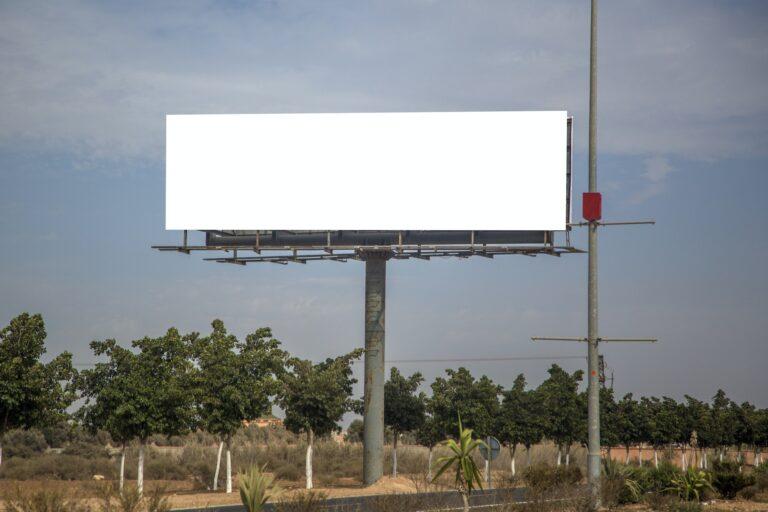Practice Proper Placement

We see billboards everywhere. Billboards are widely used as advertising tools for a company’s products and services, and are widely regarded as one of the most effective marketing/promotional strategies. Why? The answer is straightforward: they gain visibility. How can you overlook a billboard strategically placed along a route you take every day? Contrary to popular belief, this is a simple task. Every billboard is strategically placed, but not every billboard is strategically placed, if you catch my drift. Let us investigate the placement of billboards, particularly in Jamaica.
AdQuick specifies a criterion that must be met for billboards to be considered effective: billboards must be clearly aligned to face traffic, and companies should avoid placing their billboards at odd angles that require onlookers to contort themselves into uncomfortable positions to see. They should also be easily readable and placed at a height that is within the driver’s line of sight. However, there is a lot more to billboard placement, especially when it comes to productive and proper positioning. Aside from the aesthetics that will automatically draw attention to its content, a variety of factors must be considered before placing a billboard in a specific location. The most important factor in effective billboard placement is the location. Why was it placed in x location rather than y? Is this route more popular for driving or commuting? That is insufficient. Consider the following: who is your target audience? Who is the message aimed at? Based on its placement, will your billboard’s message reach the intended audience? Placing the billboard on the North-West toll because half of Jamaica will travel this route at some point is not a valid reason—it is neither prudent, logical, nor does it guarantee traction or visibility.

Practice Proper Placements
We see billboards everywhere. Billboards are widely used as advertising
AdQuick specifies a criterion that must be met for billboards to be considered effective: billboards must be clearly aligned to face traffic, and companies should avoid placing their billboards at odd angles that require onlookers to contort themselves into uncomfortable positions to see. They should also be easily readable and placed at a height that is within the driver’s line of sight. However, there is a lot more to billboard placement, especially when it comes to productive and proper positioning. Aside from the aesthetics that will automatically draw attention to its content, a variety of factors must be considered before placing a billboard in a specific location. The most important factor in effective billboard placement is the location. Why was it placed in x location rather than y? Is this route more popular for driving or commuting? That is insufficient. Consider the following: who is your target audience? Who is the message aimed at? Based on its placement, will your billboard’s message reach the intended audience? Placing the billboard on the North-West toll because half of Jamaica will travel this route at some point is not a valid reason—it is neither prudent, logical, nor does it guarantee traction or visibility.

Think about memorability, clear and concise messaging, and the ability of the layman to understand it when mapping out billboard locations, but also think logically about how and where you position the billboard. Consider a billboard advertising your construction services; the strategic approach is to place it in an area where renovations are prominent, such as Downtown. In Jamaican society, placing a billboard ad or campaign for road safety at a stoplight is the ideal use of billboards in campaign advertising. Many road users or motor vehicle drivers may not read this billboard, but it is appropriately placed, the message is easy to remember, and the message is clear-that is a strategically and effectively placed billboard that one can conclude has exercised prudence in its placement.
Similarly, advertising for data plans from the country’s telecom companies in areas with little to no WiFi stability can be considered strategic and efficient billboard placement. Here’s why: if the aforementioned billboard ads are placed in rural areas (which are typically assumed to have unstable WiFi connections), billboards communicating new data plans or deals offered by our telecommunication companies would be more effective than placing them in cities, where more people have access to stable WiFi connections.
We encourage all marketers to be astute in planning and placing billboard advertisements now that we have discussed the importance of proper placement, providing examples of billboards that would successfully have an effect based on their geographic location.


